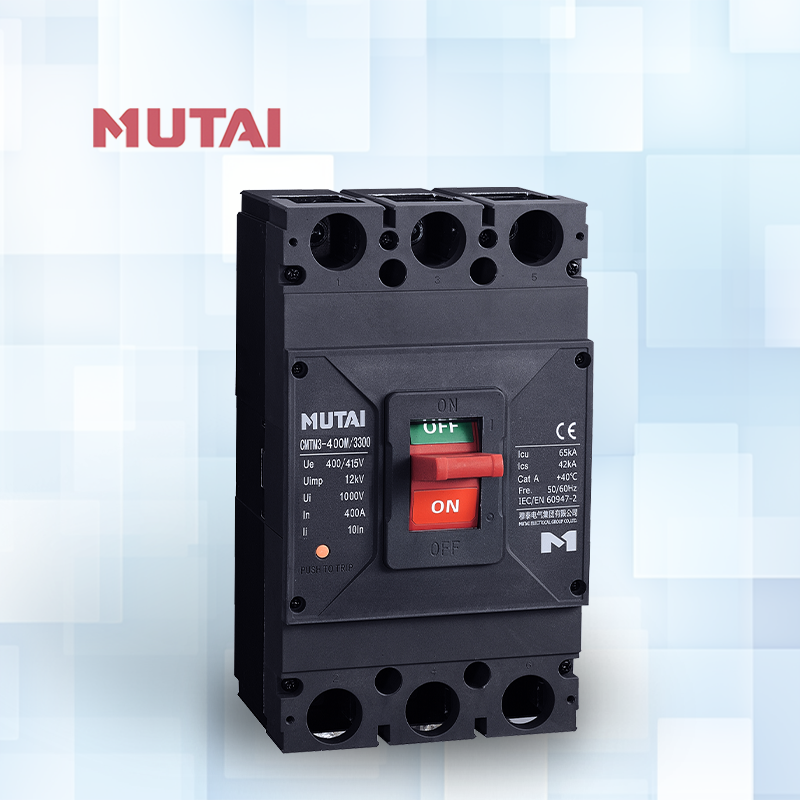There are two common types of circuit breakers that are widely used in various applications: molded case circuit breakers (MCCB) and miniature circuit breakers (MCB). They are both important components in electrical systems, providing protection against overloads and short circuits. However, there are significant differences between these two types of circuit breakers, and understanding these differences is important to selecting the correct product for a specific application.
The main function of MCCB is to provide overload and short-circuit protection in low-voltage distribution systems and motor protection circuits. They are known for their reliability and stability, making them a popular choice in industrial environments. Miniature circuit breakers, on the other hand, are used to provide protection to electrical terminal distribution units in buildings. Although circuit breakers, there are differences between MCCBs and MCBs that must be considered when choosing the right product for a specific application.
First of all, both molded case circuit breakers and miniature circuit breakers need to comply with basic product standards and have the same working principle as circuit breakers. But there are obvious differences between the two in terms of electrical and mechanical parameters and suitable working environments.
One of the main differences between MCCB and MCB is the electrical parameters they can handle. MCCB is rated up to 2000A, making it suitable for larger rooms and heavier electrical loads. MCBs, on the other hand, have a maximum current rating of 125A, which limits their capacity and makes them more suitable for smaller-scale applications. This difference in current ratings means that MCCBs are more suitable for industrial and commercial environments where larger electrical loads are common, while MCBs are typically used in residential and small commercial environments.
In addition to electrical parameters, there are also differences in mechanical parameters between MCCB and MCCB. For example, the wires connected to the MCCB are usually thicker, with a maximum area exceeding 35 square meters. In contrast, MCB is designed to use smaller wires and is suitable for areas up to 10 square meters. This mechanical difference means that MCCB is better suited for handling large electrical systems, while MCB is better suited for smaller applications.
Another important factor to consider is the work environment. MCCBs are designed for use in a wider range of environments, including industrial and commercial settings. They are able to handle heavier electrical loads and are more durable, making them suitable for applications where reliability is critical. MCBs, on the other hand, are designed for use in building power distribution systems and are more suitable for residential and small commercial environments.
In summary, although both MCCB and MCB are important components in electrical systems, they are designed for different applications and have significant differences in their electrical and mechanical parameters. Understanding these differences is critical to selecting the most appropriate product for a specific application, whether it is an industrial, commercial or residential environment. By considering factors such as current rating, mechanical parameters and operating environment, an informed decision can be made when selecting MCCBs and MCBs for a specific electrical system.
Post time: Dec-19-2023





